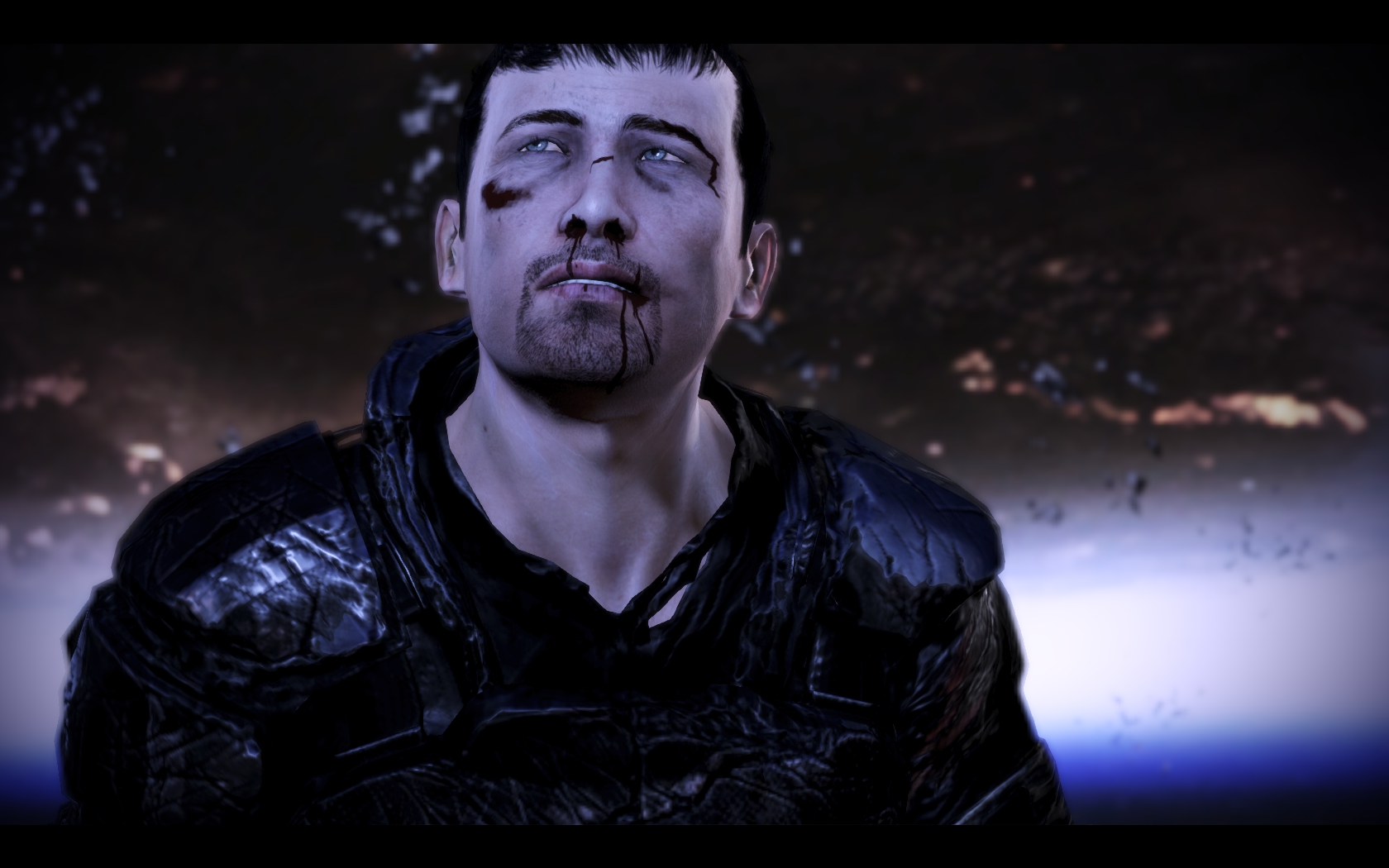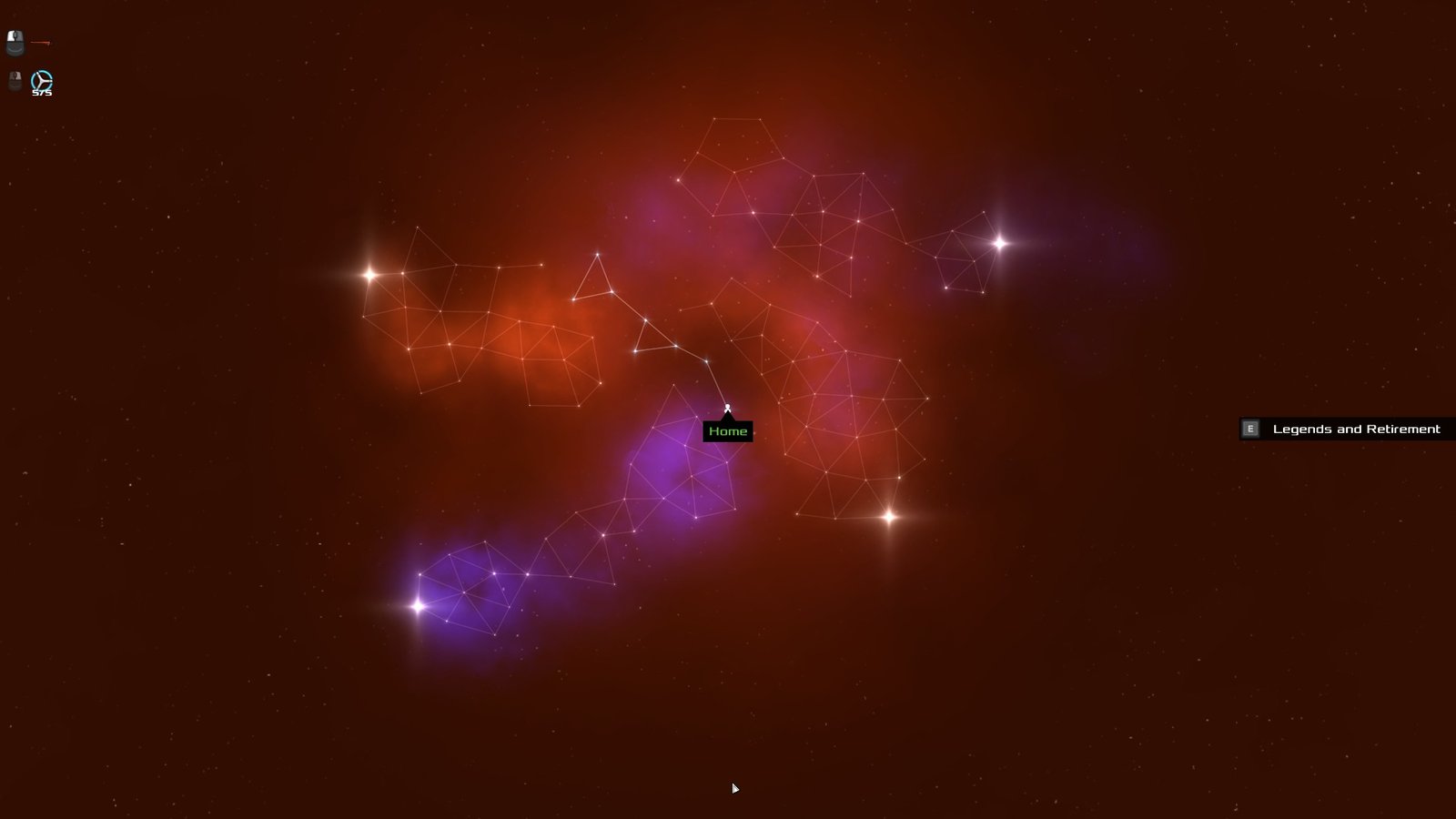Racing games have always been something that I’ve liked more in theory than in practise, always being overly silly and arcadey or tediously ‘realistic’. GRID falls into a pleasant in-between of heightened realism – or perhaps lowered absurdity.
While the arcade racing market was sewn up tight by the surrealist TrackMania a few years ago, with solid contributions from the likes of Burnout Paradise, the realism side of things has lain rather dormant. Much like the first person shooter’s inelegant march towards photorealism, the racing game’s drive towards complete simulation has parked the genre in something of a dead end for me. Any kind of simulation suffers from the sensory feedback limitations of a computer once it reaches a certain level of verisimilitude. While a virtual car’s physics may be entirely accurate and the bodywork correct down to the smallest detail, there’s no getting around the fact that the driver will be sitting in an entirely motionless front room or study, probably using a keyboard or a gamepad. Even those lucky few that own a force feedback wheel still have a distinct lack of tactile, useful information – they can’t turn to look out the windows properly, they can’t feel the G-forces shifting around corners as the back end slides out…simulation always hits a point where the delivery system comes up short. The end result is that driving simulations are always vastly harder than real driving, because it’s like trying to drive while being half-blinded and totally numb.
GRID is perfectly aware of this, pitching itself on the border between arcade and realism, and hopping backwards and forwards over the line in a savvy dance of entertainment. Rather than going for complete, obsessive, number crunching realism it instead opts for emotional realism. In other words: it feels right. GRID is about the thrill of watching real racing, when you see the pros doing their thing and imagine what it must be like to be out on the track. It pares racing down to the fundamentals – speed, danger, quick decisions, costly errors, exhilerating successes. It’s racing fiction brought to vivid life.
Coming from the Race Driver series, GRID is also packed full of variety, far beyond the irrelevant ‘collect 500 subtly different cars’ spreadsheets found in certain other racers. Here the varying disciplines feel genuinely unique, each bringing its own particular personality. There’s the nerve-wreckingly tense Pro Touge, which sees you racing up and down a winding hill against a single opponent, the racing line more important than ever before as you move to overtake without any penalising body contact; there’s the American muscle cars, wrenching their way around the streets of San Francisco, all gutteral growls and aggressive manouvers; there’s the hectic and fast-paced touring cars that made the series’ name in the first place. There are many more, but my favourite has to go to the Demolition Derby stock car racing, which perhaps encompasses GRID‘s style more than any of its other modes.
Check out my attempts to survive this figure of eight track and the ensuing carnage:
[youtube=http://uk.youtube.com/watch?v=DqSxDHVqxrE]
It feels real, it feels gritty, but it’s also utterly ridiculous and hugely over the top. All of GRID‘s racing disciplines tread that line, sometimes upping the grit and reducing the theatrics to a minimum and other times doing the opposite. At all times there is a constant: exhilerating fun, aided by convincg AI and some seriously pretty graphics.
It’s a racing game for people that don’t like racing games, or who can’t justify the price of a wheel. It’s a racing game for the hardcore that like to turn off the driver assists, whack the difficulty up and take on the best. Most remarkable of all, it feels continually fresh, which is quite an achievement in such an aged and frequently staid genre.
Did I mention the Le Mans 24 Hour races, which cannily last 24 real-time minutes, including a full day-to-night cycle? They’re pretty good, too.




0 Comments
Tom Fairweather · February 6, 2009 at 10:35 am
After reading your review I downloaded the demo and gave it a whirl last night. I was amazed at how realistic the feel of racing was. Obviously the actual physical simulation is tweaked to fall on the fun side of reality, but the feeling of speed, the fantastic use of sound effects in places where you wouldn’t have expected them to bother, and the lighting effects really immerse you. I enjoyed the ability to gradually knacker your car, and was pleasantly surprised that slamming into a wall actually totals it (and that you get to flashback and have another go). Being able to scare the crowd into jumping back from the barriers with a “whoa!” are cool too.
For ultimate driving authenticity then I’d always turn to Live For Speed 2, which offers top-notch car physics and excellent online racing, but if it wasn’t for the fact that it gave me a headache I would turn to GRID for bleeding-edge, all enveloping fun.
Mel · February 19, 2009 at 2:54 am
For driving authenticity, Test Drive Unlimited still has it in my opinion. 1,000 miles of awesome.
HybridHalo · February 20, 2009 at 1:50 am
It’s a shame you didn’t have a console to play Project Gotham Racing, Simon. It did a good job of hitting the divide as well, what Grid does pretty much builds on the foundations set by PGR3 and 4. And it does it very well.
HybridHalo · February 20, 2009 at 1:56 am
I think Metropolis Street Racer on the Dreamcast was the first to try and inject fun into a driving simulator – which became the Project Gotham racing series. At the same time games like Flatout were bringing in destruction-derby-esque physics systems.
Eventually they merged, and games like Wrecked and Grid came out. Grid easily being the most rounded and polished of the lot so far. A top game I really should pick up so we can have a race. The video you’ve recorded is brilliant, absolutely love the smashed up husk of a vehicle at the end!
-Matt
Simon Jones · February 20, 2009 at 9:33 am
Heh yeah, I was rather pleased with the way the video came out. Although I feel I should point out that I’m normally a bit better at the stock car races. 🙂 I couldn’t quite believe my bad luck at the end – as you can see, I was completely disoriented and turned around by the first crash. In fact, that was one of the cooler moments for that specific reason: a car crash should confuse and disorient you, and the game accomplished that perfectly.
The great thing about GRID is that Codemasters finally nailed the ‘multi-discipline’ racing thing they’ve been doing in Race Driver for a few years now. The difference is that all the modes (that I’ve encountered so far) are superb, whereas in TOCA some were great (Mustangs!) and some were arse (Tractors!). That the stock car racing AND the muscle car racing AND the touring car racing are all in the same game, and all feel perfect, and completely different, is remarkable.
But yes, you should definitely grab a copy so we can have a race. I’ve been trying to convince schwar to do the same. 🙂 Play.com currently have GRID for a paltry £9.99, so get on with it! 🙂
HybridHalo · February 20, 2009 at 9:26 pm
@Mel – test drive unlimited is pretty much the least authentic driving game I have ever played. Even though the concept is very novel – a driving game with the driving feel of bananas on an ice rink is never going to score highly on authenticity.
Shame on you.
Mel · March 2, 2009 at 12:47 pm
Shame on me?! 😀
How did you play it? I have a steering wheel setup and it plays fine. Maybe we’re crossed at what we mean by authenticity – TDU allows you to drive anywhere you like in realistic surroundings with (for me) realistic driving experience (changing gears, clutch, windows open/shut, encouragement to drive properly, authentic “feels” of different cars).